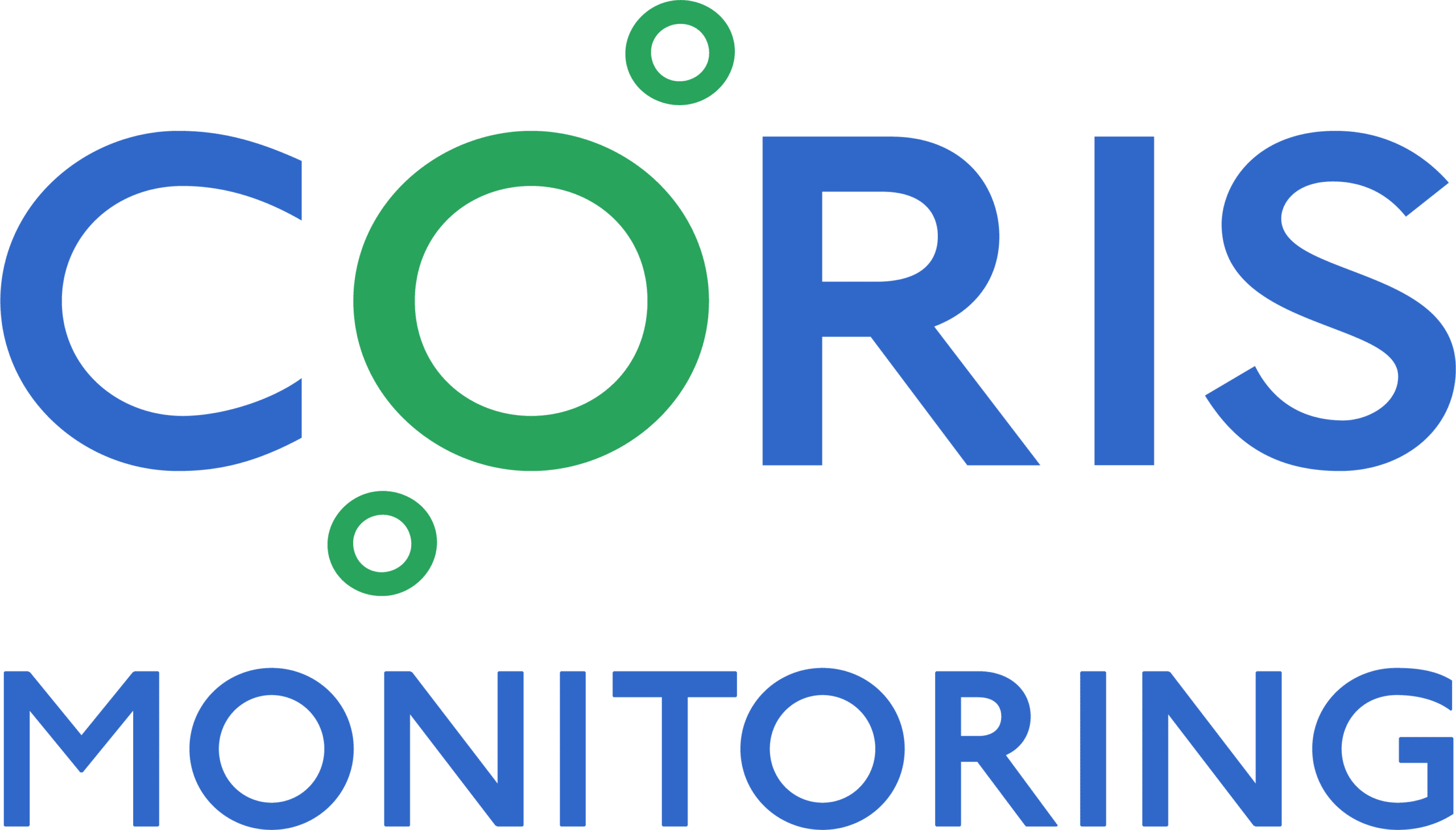Clinical laboratories across the U.S. have adopted and implemented effective compliance programs that promote a culture of prevention, detection and resolution. While largely directed by the strict regulatory environment in which these laboratories operate, these efforts also feed back into the guiding principles of all healthcare providers: to give patients the best quality care and the Hippocratic Oath “do no harm”.
One of these variables to consider is temperature monitoring. Whereas traditional methods relied on thermometers and chart recorders — both prone to human error and greater risk — modern regulatory bodies and lab management programs advocate for automated monitoring and reporting systems that also alert personnel to temperature issues in real time. That way, critical action can be taken fast to prevent the loss of irreplaceable samples and research.
In this case, your temperature monitoring processes are built for compliance. But can you prove they are? This quickly becomes a question of having access to the right data in the right format — and the process to getting there, as we’ll showcase, can come with many hurdles of its own.
Common Hurdles in Reporting for Clinical Laboratory Compliance
Loss of Valuable Time
With only so many hours in the day, lab personnel want to spend their time doing research, not digging through data. The reality is tracking down and organizing temperature data for freezers, refrigerators and other cold storage systems can be a time-consuming process.
On one hand, these difficulties could stem from trying to retrieve data from a multi-year period, where older data may not be as readily available. On the other hand, all of the necessary data may be at your disposal, but narrowing down the devices and time intervals you want to cover proves to be a lot of manual effort — especially getting it into the proper report format.
Whatever the case may be, any slow-downs in reporting for clinical laboratory compliance can become a source of frustration for lab personnel who are up against tight regulatory deadlines.
Potential for Manual Errors
In a clinical laboratory environment that is home to numerous cold storage appliances, taking a manual approach to temperature monitoring inevitably multiplies the room for error. While an automated system alleviates typos and other issues, a manual approach to reporting raises its own set of concerns.
It’s not an uncommon practice for lab personnel to reuse a reporting template for recurring data reports. When the collected data doesn’t feed directly into the reporting system, personnel have to key in new data month-over-month, which naturally increases the likelihood of error. The presence of an extra zero or a missing decimal point can throw off the story the data tells and prompt pushback from regulatory agencies.
Questions Around Data Integrity
While manual errors can raise regulators’ concerns about the accuracy of temperature data, the same can be said for other variables. Let’s say a local power outage lasts several hours during the reporting period. Laboratory personnel not only need to be able to prove they maintained the temperatures of their cold storage systems within this window of time; they should be able to document the real-time temperature alerts they received that prompted them to take action.
The key takeaway from this example and others like it is to add value to your temperature data where possible. The more of a story a lab can tell in their report — from the inclusion of alerts to statistics and graphs to notes from authorized users — the more credibility the data gains in the eyes of clinical laboratory compliance regulators.
CORIS Reporting for Clinical Laboratory Compliance
The CORIS monitoring system includes a flexible, comprehensive reporting capability for both internal and external distribution — one that is fully compliant with HIPAA, CAP, CLIA, CFR21 part 11 and most other requirements. Through the system, our reports are easy to set up, with essentially a “point-and-click” approach:
- Give the report a meaningful name (e.g., Lab 21 Weekly Freezer Report)
- Choose the time interval to be covered (day, week, month or year)
- Select the devices and sensors you want included in the report
- Select the type of statistics and graphs you want included in the report
- Choose the individuals or organizations that should receive the report
All you have to do next is save your report and you’re done. It’s that simple!
From this point forward, you can generate the report at any time — simply select the start date of the report and click Generate, and the system will generate the report in real time. If you select Generate report automatically, the report will be automatically generated from then on. Further, this report can be generated from any time period you specify, from the time sensors are installed.
Beyond these capabilities, additional reporting features of the CORIS system streamline clinical laboratory compliance:
- Reports can include the details of any alert tickets sent out during the reporting period, making them part of the permanent report.
- Authorized users can add permanent notes to the report. Recognized as a good way to document issues that come up during the reporting period, this feature is particularly useful for QA managers or auditors who must electronically sign off on reports before they’re distributed.
- There is no limit on the number of reports you can create and run, or the number of devices and sensors that can be included in any of the reports.
At CORIS, we’re proud to offer robust reporting capabilities that are easy to use, flexible and meet all compliance standards. To learn more about our advanced reporting capabilities and other unique features of our temperature monitoring system, contact the CORIS team today.





